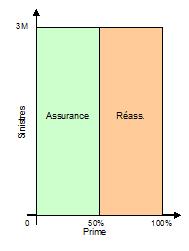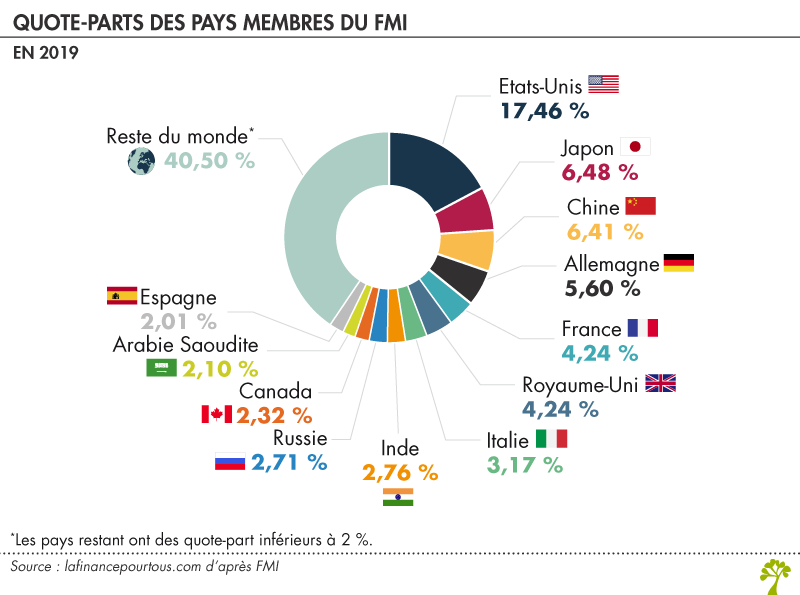Une Quote Part
Posted : admin On 4/2/2022Many translated example sentences containing 'notre quote part' – English-French dictionary and search engine for English translations. A big part of making music is the discovery aspect, is the surprise aspect. That's why I think I'll always love sampling. Because it involves combining the music fandom: collecting, searching, discovering music history, and artifacts of recording that you may not have known existed and you just kind of unlock parts of your brain, you know? English Translation of “quote-part” The official Collins French-English Dictionary online. Over 100,000 English translations of French words and phrases.

Occasionally, you may use direct quotes (the exact words of the author) as evidence in your writing. It is useful sometimes to use the original words of the author when those exact words carry special significance. Direct quoting should not, however, be the primary strategy for presenting evidence in your writing.
About direct quotes
When you use a direct quote, you copy and reference the exact word/s of the author into your writing. A direct quote may be:
- One word
- A phrase or part of a sentence
- A sentence
- A group of sentences
Read this paragraph and note the direct quotes:
For ALL quotes:- Use the exact words of the author
- Make sure your quotation blends with the sentence
- Use strong or weak author to acknowledge the source
- Use reporting words or phrases to integrate the quote into your writing
- Reference your source of information with author, date and page or paragraph number

Rules for short & long direct quotes
When you decide to use the exact words of an author in your writing, you will need to consider whether you want to use only a few words (short quote) or a longer chunk of text (long quote). There are different rules for using quotes according to the length of the quote.
Short direct quotes (APA rules)
Short quotes are less than 40 words. Follow these conventions:

- use double quotation marks “…”
- include the quote in the text by using reporting words
Long direct quotes (APA rules)
Long quotes are 40 words or more. Follow these conventions:
- leave no space above and below the long quote
- make the text size the same as the essay text size
- indent approximately one centimetre to the right
- do not use quotation marks
Students often misunderstand the role of quotations in writing and overdo the strategy:
Une Quote Part Film
Moreover, there are a number of technical rules that students need to learn to use quotations correctly in their writing.
Une Quote Party
Rules for punctuating direct quotes
When you join your introductory words to your quote, use the following punctuation rules:
Click on each link for a description.
No punctuation if the quote is fully integratedWriting teachers note that students often misunderstand the role of quotations in writing and overdo the strategy. For example:
Rules for modifying quotes
Exercise 2: Modifying direct quotesClick on ‘Start analysis’ to see how the quotes have been modified
Conventions for modifying direct quotes
The following table gives you a few of the most common rules for modifying the words of authors in a direct quote:
| Making a change | Correct convention |
| Leaving out some words (because you may not need all of the words in the middle of the quote) | Use an ellipsis signal (three dots … ). Leave a space either side of the 3 dots |
| Changing the capitalisation of a letter | Use square brackets [ ] around the letter |
| Adding words to the quote (without changing the meaning) | Use square brackets [ ] around the added words |
Don’t do this!
- Don’t just dump quoted information into your paragraph. Blend the words of the author with your own words.
- Don’t use too many direct quotes in your writing (e.g. 2-3 long quotes and 4-5 short quotes is enough in a 2000 word essay). The lecturers prefer to see paraphrasing – writing quotes in your own words).
- Don’t change a couple of words from a direct quote and think that it is a paraphrase – either use the exact words or change the words of the author significantly so that it is a correct paraphrase.
ASO factsheets: